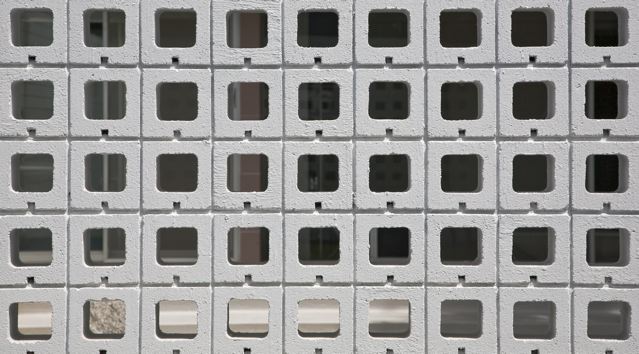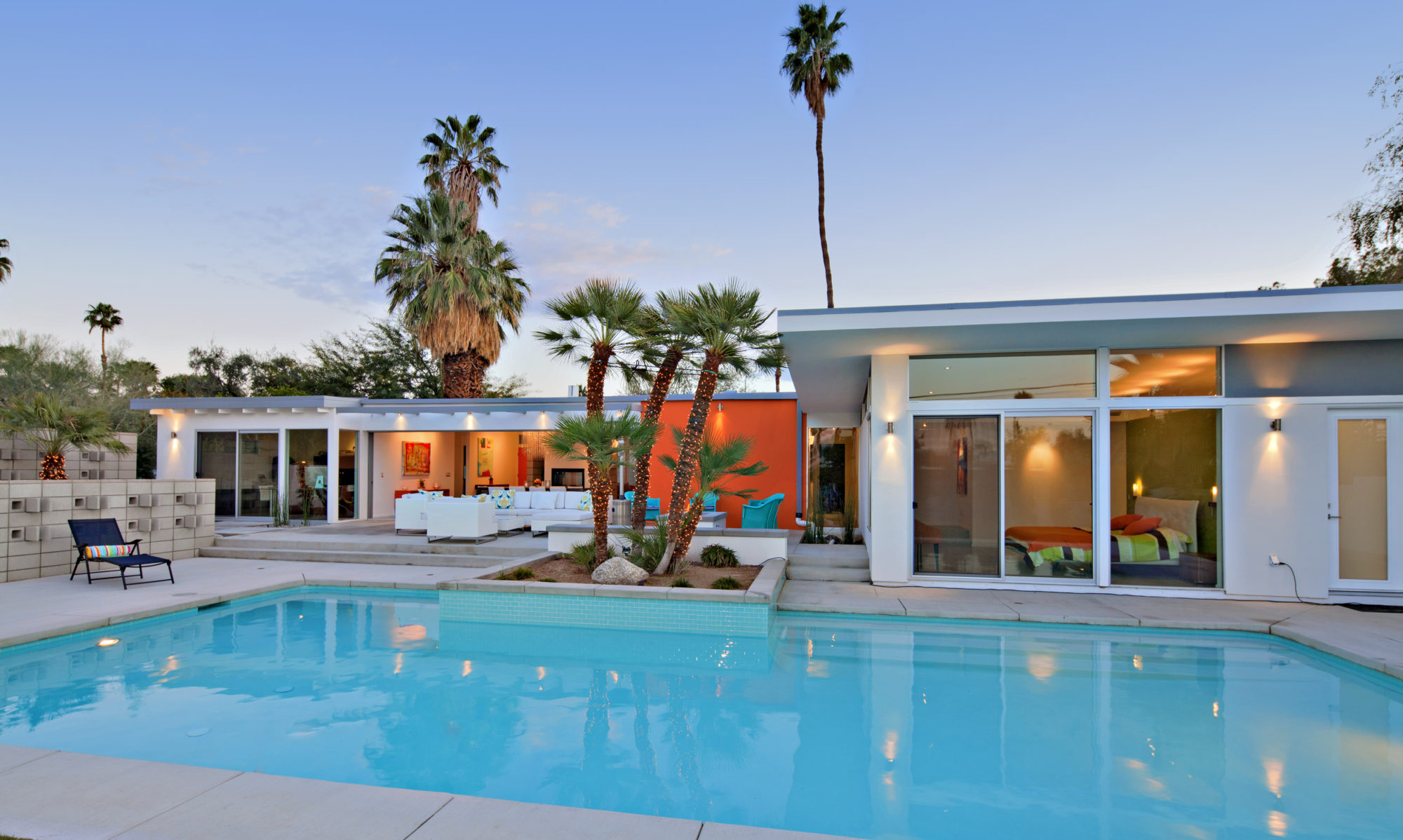
The 40,000-odd visitors to Modernism Week 2014 were made well aware of the Mid-Century Modern homes in Palm Springs, but they may not be aware of the trove available in other parts of the Valley. At the same time the modernist architects like William Cody, Albert Frey, Krisel and Donald Wexler, to name a few, designed homes in Palm Springs, they did too in Rancho Mirage, Palm Desert, Indian Wells, La Quinta and Indio.
It is very difficult to find exact numbers, but we do have some historical sales data. Based on the Desert Area Multiple Listing Service, there have been about 7,200 residential sales since 1998 in Palm Springs of mid-century (approximately 1949-1969) homes. Not all of these are Mid-Century Modern, but some good portion are.
According to the same criteria we should find MCM in good numbers In the five cities mentioned above, where there were about 11,000 Mid-Century sales, more than in Palm Springs. The average sales price over the period 1998-2014 was about $388,000 in Palm Springs, $435,000 in Rancho Mirage and $424,000 in Indian Wells. Continue reading “Modernism Lives Beyond Palm Springs”








